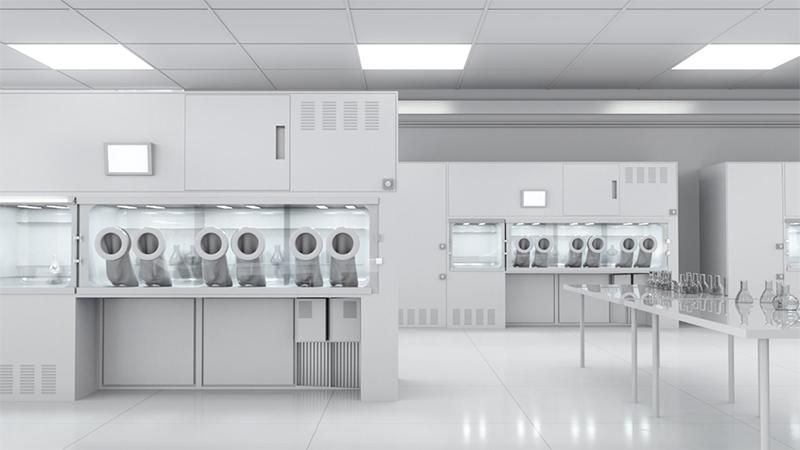Indicators in H2O2 Bio-Decontamination & Inline, Continuous Measurement
Chemical indicators (CI), biological indicators (BI) and enzyme indicators (EI) are used as part of bio-decontamination cycle development studies. These studies typically consume huge numbers of indicators to determine the worst-case locations, which represent specific areas in your environment that require the longest periods of exposure to achieve target sterility assurance level (SAL).
In order to get reliable measurement data it is always best to measure in situ instead of taking the air sample by using a pump and tubing. You would install the H2O2 sensor either inside the isolator or through the wall. Here is where indicators make sense: to determine where to place the sensor (i.e. the places it’s hardest for H2O2 to cover) inside the isolator. Sometimes installing a sensor in this location is not possible or wanted. In this case, a representative measurement position will be selected.
After cycle development studies, validation and re-validation studies are performed continuously. Indicators are included in validation and re-validation studies in worst-case locations to guarantee that the process has achieved the target SAL. Inline measurement H2O2 sensors can be used continuously; from cycle development studies, through validation and re-validation runs, and during routine bio-decontamination processes. Inline sensor measurements, such as those obtained with Vaisala's HPP272 sensor, display continuous measurement data that shows whether adequate ppm concentrations are achieved.
Continuous monitoring of an environment with a sensor during bio-decontamination allows you to decrease the number of indicators used in routine processes because there is accurate inline measurement data available. Additionally, you can monitor (and possibly also control) the condensation in your processes simultaneously.
In effect, continuous inline measurement shows you measurement values real-time, ensuring the process is going well. Continuous H2O2 measurement can also be used to control the vapor injection rate during bio-decontamination to maintain H2O2 vapor concentration at the desired level. With an inline sensor, you can control the condensation level using the Relative Saturation parameter. (Read about how to do this with the Relative Saturation parameter in this White Paper.) Finally, you are able to easily import these data to your validation report. Proper documentation is significantly simplified.
Vaisala also offers the Indigo Series host devices for use with the vaporized hydrogen peroxide probe series HPP270: including HPP271 to measure hydrogen peroxide vapor (ppm), or the HPP272 to measure hydrogen peroxide vapor (ppm), temperature, and humidity (relative humidity and relative saturation).
The Indigo host allows for quick evaluation and visualization of data and the enclosure is IP65 classified, safe for harsh environments and resistant to dust and most chemicals.
Webinar
Learn how to integrate Vaisala's HPP270 series sensors to a control system in this on-demand webinar:


Add new comment